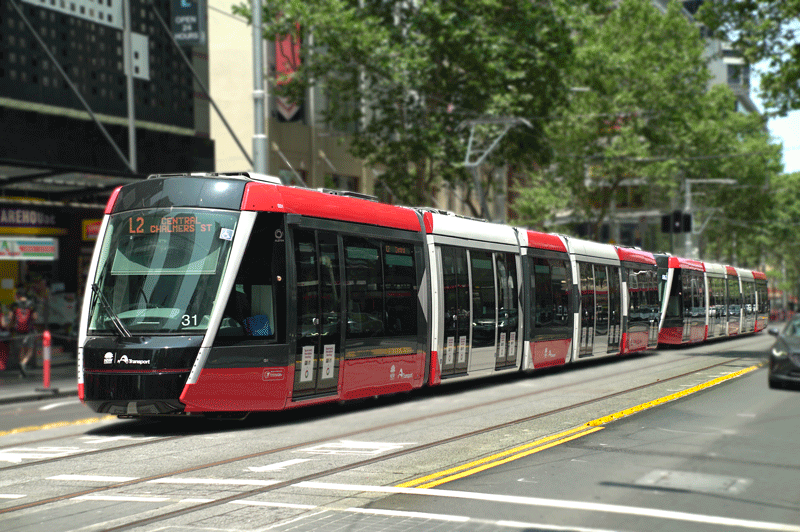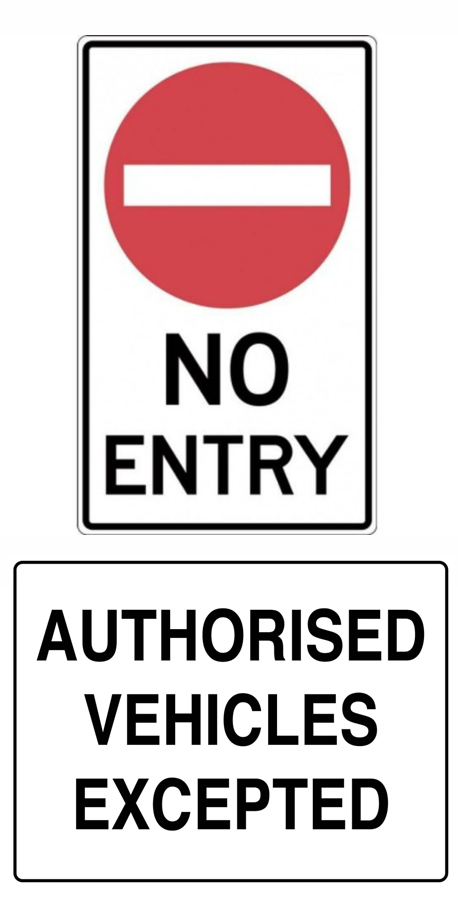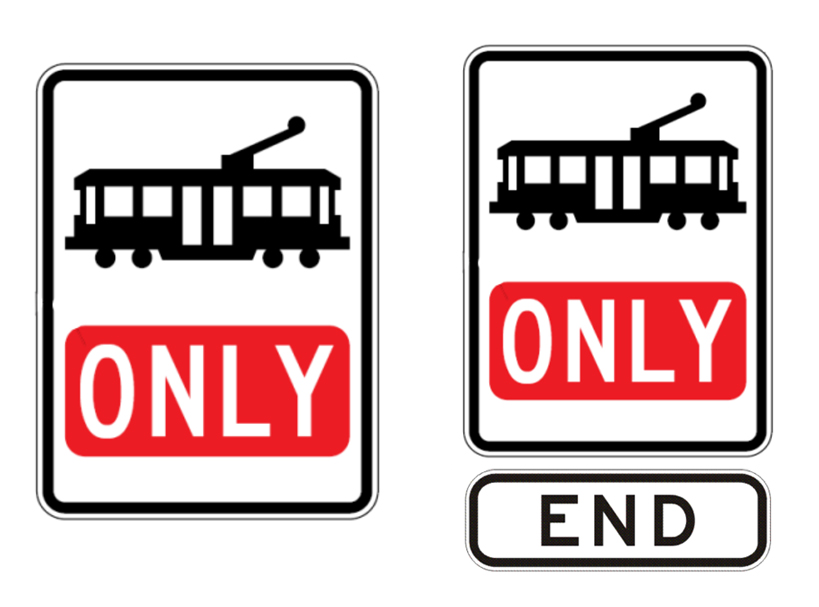Food delivery riders
Food delivery riders
Food delivery riders provide many goods and services to the community but can face risks when working on our roads. It’s important for food delivery riders to protect themselves and for other road users to help keep riders safe on our roads.
Rights and responsibilities
The Work Health and Safety Amendment (Food Delivery Riders) Regulation 2022 was recently created to protect food delivery riders on our roads.
Platform responsibilities
Since 1 July 2022, food delivery platforms must give food delivery riders high-visibility personal protective equipment (PPE):
- This must include a retroreflective outer clothing item, such as a vest, and a bag/container for safely carrying food or drink.
- These must meet the relevant Australian Standard.
- PPE doesn't need to be given to a rider who can use PPE given to them by a different platform.
From 1 January 2023, all platforms must give riders induction training before they start work. The induction must include road safety training. All platforms must give each rider a training record to prove the rider has completed induction training.
Find out more at the Safe Work website.
Rider responsibilities
From 1 January 2023, while delivering food or drink, you're legally required to use or wear the PPE given to you by a food delivery platform. You must have and be able to show an inspector or police officer the training verification record given to you.
Safe practices
High visibility
When riding a bike or motorcycle for work, make it easier for other people to see you by:
- wearing your high-visibility PPE, including a retroreflective outer clothing item and a bag or container
- having reflective strips attached to all visible parts of your delivery bags, including the front, the whole width and sides of the bag, and the straps facing the front
- wearing a brightly coloured helmet or adding reflective strips to your helmet.
Extra retroreflective strips are best attached to the front, sides and back of the helmet. Ask a professional for help choosing appropriate materials, so the retroreflective markings don't damage the helmet’s outer shell. Make sure the strips don’t cover vents, visors or straps.
Motorcycle food delivery riders must have their lights on between sunset and sunrise and in bad weather, while bicycle food delivery riders are required to display appropriate lights and reflectors at night and in hazardous weather conditions.
Helmets
Both motorcycle and bicycle food delivery riders are required by law to wear an approved helmet that's securely fitted and fastened to their head.
Motorcyclists must wear an approved motorcycle helmet that's protective for motorcycle riders and complies with the Australian and New Zealand standard for motorcycle helmets.
Bicycle riders must wear a helmet that meets the Australian and New Zealand standard for bicycle helmets.
The MotoCAP website provides motorcyclists with product ratings to help choose the right gear to provide the best protection and comfort for their ride.
Safe riding
Knowing how to respond to the road environment, including avoiding hazards, is essential to food delivery rider safety. Safe riding practices will help reduce risks for bicycle riders and motorcyclists.
Motorcyclists can find detailed riding tips and safety information on the Ride to Live website.
There is also more information in the Handbook for Bicycle Riders (PDF, 2.75 MB) and the Motorcycle Riders’ Handbook (PDF, 1.09 MB).
Road rules
Bicycle and motorcycle riders are generally required to follow the same road rules as other vehicles, but there are some rules that apply specifically to them.
The road rules for bicycle and motorcycles riders around trams are in place to keep you safe.
Tramways are lanes on the road with tram tracks that include start and end signs and are generally marked on the left side by two continuous yellow lines running parallel to the tracks. They may also be marked on the left side by structures including bollards, dividing strips and separation kerbs.

Only authorised vehicles are permitted to use tramways - bicycle riders and motorcycle riders are not permitted to ride along tramways.
No Entry Authorised Vehicles Excepted signs
Motorcycle riders who disobey a NO ENTRY sign face a fine of $302 and a 2 demerit point penalty.
A fine of $129 is payable by a bicycle rider (or rider of an e-bike) for disobeying NO ENTRY signs.

Tramway and End Tramway signs
Bicycle and motorcycle riders who travel on a tramway will face a fine of $302. Additionally, motorcycle riders incur a 1 demerit point penalty.

Bicycle riders
When riding a bicycle, you must obey the road rules. You must stop at red lights or stop signs, give way as indicated by road signs and give hand signals when changing direction.
Remember that it's illegal to ride on the footpath, unless you're under 16 years old or otherwise exempt. If you need to use the footpath to access the food retailer or delivery address, you must dismount and wheel your bicycle along the footpath.
Riding a bicycle or e-bike in motorway tunnels is illegal in NSW. If using a map app, ensure it's set to bicycle mode to avoid motorway tunnels.
When riding an e-bike, you must follow the rules for bicycle riders. E-bikes must meet specific requirements to be used on NSW roads and road related areas. E-bikes and petrol-powered bicycles has more information on permitted e-bikes, including recent updates to e-bike requirements.
Trams and tram tracks
The following tips will help you ride safely and legally around light rail. When riding a bicycle around trams and tram tracks remember:
- never ride along the tracks, it is illegal and dangerous
- check both ways twice and listen for approaching trams before you cross the tracks
- use signalised or designated crossing points, where available
- always obey traffic signals and signs
- ride straight over tracks at a right angle to avoid your wheels getting trapped
- do not cross close to a tram – wait until you have a clear line of sight in case there is a passing tram
- know what is behind you - always head check over your right shoulder before turning, particularly at intersections
- mobile phones must be secured in a holder that is affixed to the bicycle, or if not in a cradle must be used hands free (eg. Bluetooth controls).
Motorcyclists
Motorcyclists are required to obey the road rules, including the laws on lane filtering. Lane filtering is when a motorcycle rider moves alongside vehicles that are stopped or moving slowly (less than 30km/h), and can only be done when it's safe and legal to do so.
Industry information
Food delivery platforms play an important role in the safety and wellbeing of their food delivery riders.
Our Road Safety in Your Workplace program provides workplaces and employees with information and strategies to ensure workers move around safely on our roads.
It’s important for food delivery platforms to be aware of their legal obligations in keeping food delivery riders safe. For more information on the Work Health and Safety Amendment (Food Delivery Riders) Regulation 2022, please visit the NSW legislation website.
We encourage food delivery platforms to contact us for more information on how to keep food delivery riders safe by emailing towardszero@transport.nsw.gov.au.
For more information
Learn more about the work health and safety laws that apply to food delivery platforms and workers in New South Wales.
Motorcyclists can find detailed riding tips and safety information on the Ride to Live website.
Bicycle riders must wear an approved helmet and follow the rules on using mobile phones, riding on footpaths, shared paths and other lanes.
E-bikes must be mostly propelled by riders - a motor can't be the only source of power and should only help riders, like when going uphill.
Information on motorcycle and scooter safety. This includes information on protective gear and lane filtering laws.


